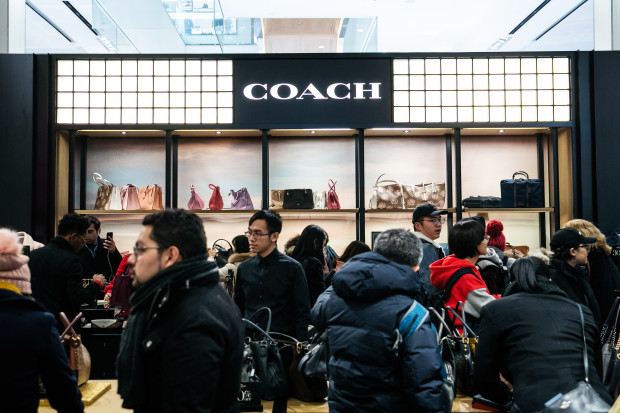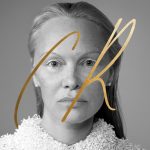Photo: Jeenah Moon/Bloomberg via Getty Images
Tapestry, Inc. — the parent company that owns fashion brands Coach, Stuart Weitzman and Kate Spade New York — has officially acquired Capri Holdings Limited, marking a pathway to become one of the first major U.S.-based, multi-brand luxury conglomerates.
Tapestry, Inc. and Capri Holdings have entered a “definitive agreement” for the transaction to take place, according to a press release. As part of the deal, Capri Holdings shareholders will receive $57 per share in cash, valuing the deal at around $8.5 billion.
Capri Holdings was founded by designer Michael Kors in 1981, with his namesake fashion brand as the first luxury label in its portfolio. It purchased Jimmy Choo Ltd in 2017 for $1.2 billion, when it was still called Michael Kors Holdings Limited. It changed its name when it bought Versace in 2018 for a hefty $2.12 billion.
Joanne Crevoiserat, Chief Executive Officer of Tapestry, Inc., said via a press release: “From this position of strength, we are ready to leverage our competitive advantages across a broader portfolio of brands. The combination of Coach, Kate Spade and Stuart Weitzman together with Versace, Jimmy Choo and Michael Kors creates a new powerful global luxury house, unlocking a unique opportunity to drive enhanced value for our consumers, employees, communities, and shareholders around the world.”
Before the acquisition, Tapestry, Inc. reported a record first-quarter revenue of $1.5 billion for 2023, increasing 2% from 2022 and 5% overall. In Asian markets, revenues rose about 20%, while North American revenue fell behind. “What we saw in the quarter was a more general cautious consumer,” Crevoiserat said in a May 2023 earnings call, emphasizing that the company is “winning in China.”
Comparably, Capri Holdings reported a 10.5% decrease in revenue for its fourth quarter results, though was able to return a total of $1.35 billion to its shareholders.
With this deal, Tapestry, Inc. aims to expand the reach of its portfolio by diversifying both the customer and the product offerings; grow direct-to-consumer opportunities; “realize over $200 million in run-rate cost synergies within three years post-closing, supported by operating cost savings and supply chain efficiencies”; “generate a highly diversified, strong and consistent cash flow” and work towards enhancing total shareholder returns.”
Though still much smaller than European luxury mega-conglomerates LVMH and Kering, it’s a big move for the U.S. luxury market.
Sign up for our daily newsletter and get the latest industry news in your inbox every day.



